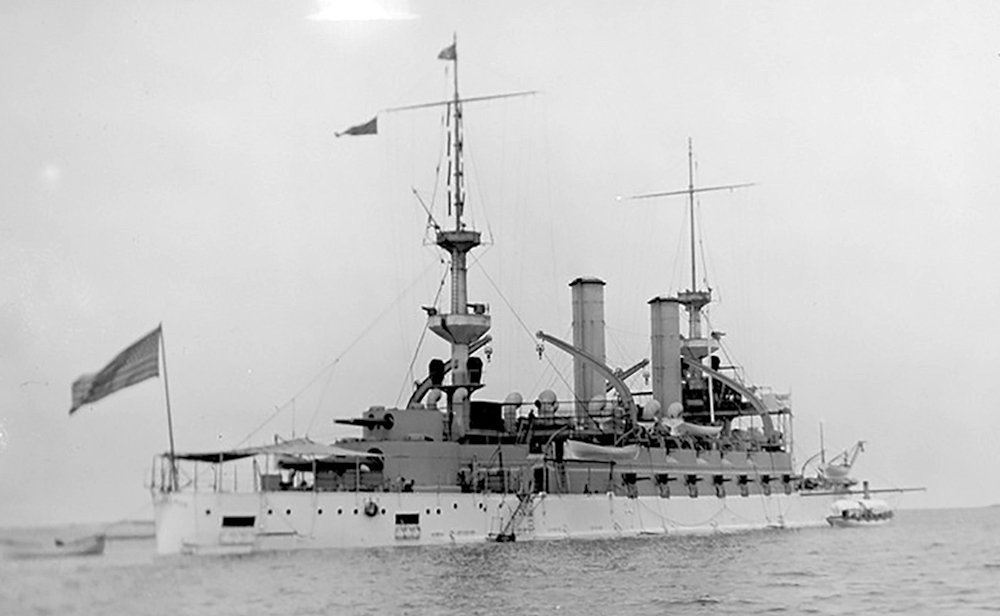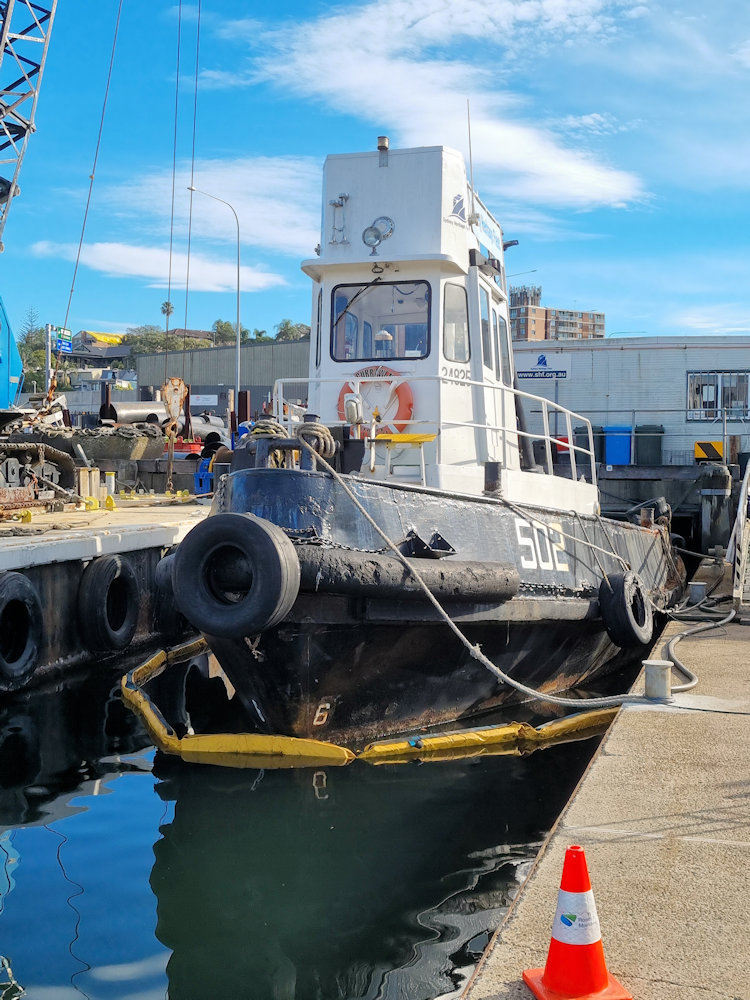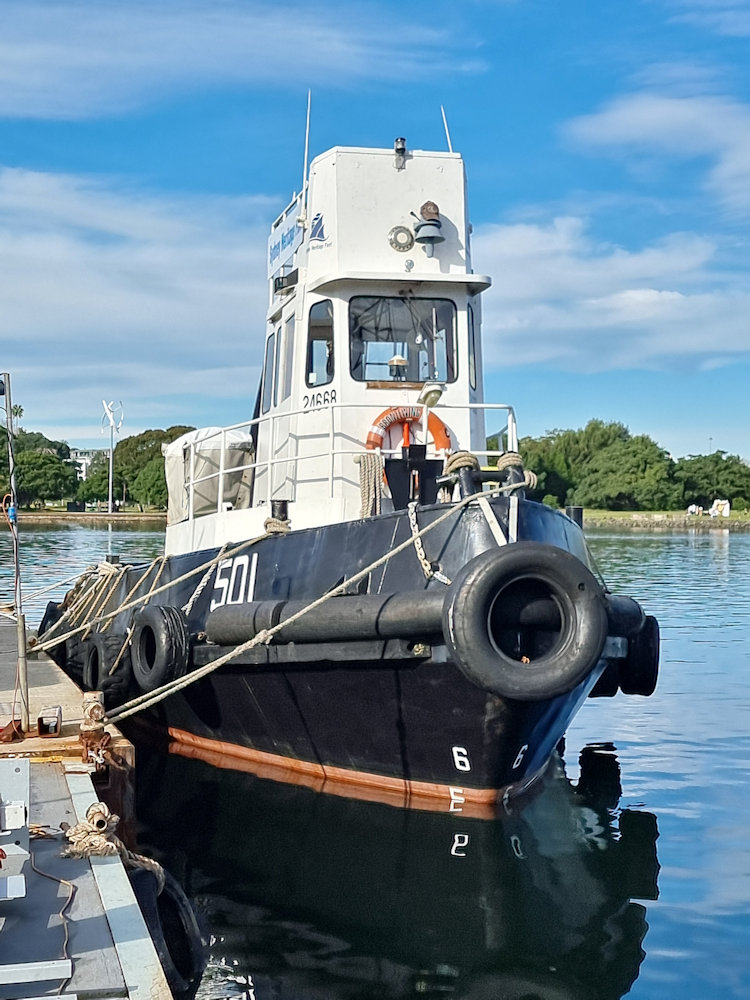Tag: Ship
-
US Battleship USS Kearsarge BB-5

US Battleship USS Kearsarge BB-5 The lead ship of her class of two pre-dreadnought battleships, USS Kearsarge BB-5 was laid down on 30 June 1896. Launched on 24 March 1898, she was commissioned into the US Navy on 20 February 1900. Her early career saw Kearsarge act as the flagship for the the North Atlantic Squadron.… Read more
-
HMAS Currawong (HTS 502) Harbour Tug

HMAS Currawong (HTS 502) Harbour Tug Currawong was one of four Bronzewing-class harbour tugs constructed for the Royal Australian Navy. The ships in the class were: Bronzewing (HTS 501)Currawong (HTS 502)HTS 503 (to Papua New Guinea in 1974)Mollymawk (HTS 504) They were constructed by Stannard Bros, Sydney, except for HTS Mollymawk (504), she was constructed by Perris… Read more
-
HMAS Bronzewing (HTS 501) Harbour Tug

HMAS Bronzewing (HTS 501) Harbour Tug HMS Bronzewing was one of four Bronzewing-class harbour tugs constructed for the Royal Australian Navy. The ships in the class were: Bronzewing (HTS 501)Currawong (HTS 502)HTS 503 (to Papua New Guinea in 1974)Mollymawk (HTS 504) They were constructed by Stannard Bros, Sydney, except for HTS Mollymawk (504), she was constructed… Read more